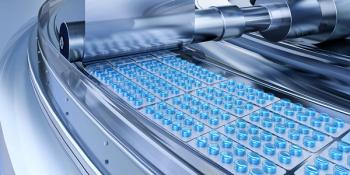
USP Issues Revised Glycerin Monograph
The US Pharmacopeial Convention announced a revised glycerin monograph in the United States Pharmacopeia.
Rockville, MD (Mar. 17)-The
Glycerin is used as a sweetener in formulations of many pharmaceutical syrups and consumer products such as toothpaste. In May 2007, US Food and Drug Administration issued the
The revision of the USP glycerin monograph wil be effective May 15, 2008. It addresses the adulteration and contamination of glycerin with the following changes:
• Revision of Identification B-In the Identification B procedure of the monograph, a gas–liquid chromatographic with flame ionization detection test will be used to confirm the presence or absence of glycerin, diethylene glycol, and ethylene glycol by a peak at the relative retention times for these compounds, respectively. When a peak is present for these impurities, the monograph will direct the user to quantify the impurities.
• Replace the test “Limit of diethylene glycol and related compounds”-A new procedure is added for testing for impurities of diethylene glycol and ethylene glycol to ascertain the level at which the impurities are present. The test, “Diethylene glycol and ethylene glycol impurities,” is capable of quantifying diethylene glycol and ethylene glycol at or above the limit of quantitation (0.025%).
The revised monograph will appear in Supplement 2to USP 31–NF 26, which will be published in June 2008.
Newsletter
Get the essential updates shaping the future of pharma manufacturing and compliance—subscribe today to Pharmaceutical Technology and never miss a breakthrough.





